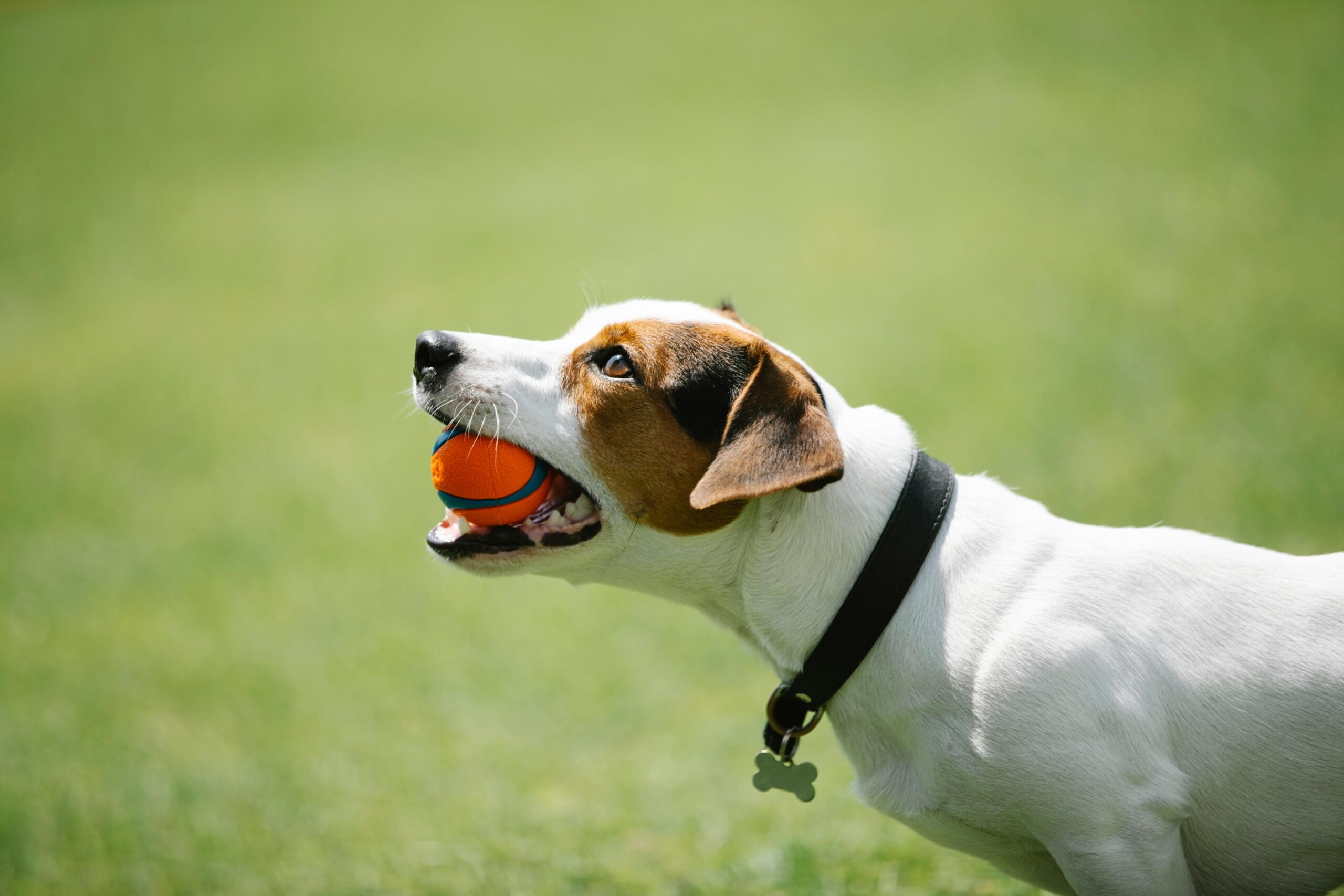Your cart is currently empty!

Why Positive Reinforcement Works in Dog Training
Posted by:
|
On:
|
Positive reinforcement is a widely accepted and highly effective method for training dogs. Unlike traditional punishment-based techniques, positive reinforcement focuses on rewarding desirable behaviors, which strengthens the bond between you and your dog and helps foster a more cooperative and willing partner. In this blog post, we’ll dive into why positive reinforcement works so well and explore the science behind it.

What is Positive Reinforcement?
Positive reinforcement involves giving a dog something they find rewarding immediately after they perform a desired behavior. This could be food, praise, a toy, or anything else your dog enjoys. Over time, your dog learns to associate the behavior with the positive outcome, making them more likely to repeat it.
For example, when you ask your dog to “sit” and immediately reward them with a treat when they comply, they learn that sitting when asked results in a reward. This process builds strong and reliable responses to commands.
The Science Behind Positive Reinforcement
The effectiveness of positive reinforcement is grounded in behavioral science, specifically in a principle known as operant conditioning, first described by B.F. Skinner in the 20th century. According to this principle, behaviors followed by favorable consequences are more likely to be repeated. Essentially, dogs (and all animals, including humans) are more likely to continue behaviors that bring them positive outcomes.
In fact, studies have shown that dogs trained with positive reinforcement display fewer signs of stress and anxiety compared to dogs trained using aversive methods. A 2017 study by Vieira de Castro et al. found that dogs trained using positive reinforcement were more optimistic and less prone to stress than those trained with punitive measures. Findings suggest that not only is positive reinforcement effective, but it also leads to better long-term emotional health in dogs.
Why Does Positive Reinforcement Work?
Here’s why positive reinforcement is so successful in dog training:
1. Builds Trust and Strengthens Bonds
Training with positive reinforcement helps build a strong relationship based on trust. When you consistently reward your dog for good behavior, they associate you with positive experiences, which fosters a deeper bond. This mutual trust creates a dog who is eager to learn and please you, making training easier and more enjoyable.
2. Motivates Your Dog
One of the key reasons positive reinforcement works is that it taps into a dog’s natural desire to earn rewards. Whether it’s food, praise, or play, dogs love to receive things that make them happy. By using positive reinforcement, you’re motivating your dog to engage in desired behaviors, rather than avoiding bad ones.
3. Reduces Fear and Anxiety
Punishment-based training methods can cause fear, anxiety, and even aggression in some dogs. When dogs are punished, they may not understand what they did wrong, leading to confusion and stress. Positive reinforcement, on the other hand, encourages dogs to think, make decisions, and earn rewards without fear. This leads to a more confident, well-adjusted pet.
4. Long-Term Behavioral Change
Positive reinforcement is more effective for creating long-lasting behavior changes. When dogs learn through rewards, they’re more likely to remember and repeat the behavior because it’s associated with something positive. In contrast, punishment-based methods may only suppress unwanted behavior temporarily, and the dog may revert to the bad habit when the threat of punishment is gone.
5. Encourages Active Learning
Positive reinforcement encourages your dog to actively participate in the learning process. Instead of fearing consequences, they become excited to try new behaviors and find out what earns a reward. This approach makes training more engaging and mentally stimulating for your dog.
How to Use Positive Reinforcement Effectively
- Timing is Everything: Deliver the reward immediately after the desired behavior so your dog understands what action led to the reward. Rewards can be delayed later in training, but while your dog is still learning, it’s important to time your reward correctly.
- Consistency is Key: Be consistent in your commands, rewards, and expectations. Consistency helps your dog learn faster and makes it clear what you want from them.
- Use High-Value Rewards: Different dogs are motivated by different rewards, so find what works best for your dog. High-value treats like chicken or cheese, favorite toys, or even enthusiastic praise can be effective.
- Gradually Phase Out Treats: Once your dog consistently performs the desired behavior, start phasing out treats by offering them intermittently, while continuing to use verbal praise and affection to reinforce their actions. Of course, this step is optional and will depend on your unique training goals.
Conclusion
Positive reinforcement is a proven and humane training method that not only works but also enhances the overall well-being of your dog. By using rewards to reinforce good behavior, you can create a motivated, happy, and confident pet who enjoys learning and interacting with you. The trust and communication built through positive reinforcement lead to lasting, beneficial behavior changes and a more harmonious relationship between you and your dog.
If you’re looking for a successful and compassionate way to train your dog, positive reinforcement is the answer!

